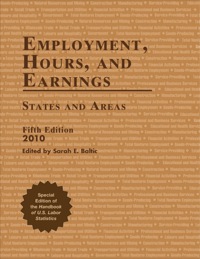Product Costing and Activity-Based Problem Hickory Grill Company manufactures two types of cooking grills: The Gas Cooker and the Charcoal Smoker. The Cooker is a premium product sold in upscale outdoor shops; the Smoker is sold in major discount stores. Following is Information pertaining to the manufacturing costs for the current month. Gas Cooker 1.000 50 Units Number of Batches Number of Batch Moves Direct Materials Direct Labor Charcoal Smoker 5,000 10 20 $100,000.00 $25,000.00 $40,000.00 $20,000.00 Manufacturing Overhead Follows: $30,800 Materials acquisition and Inspection Materials Movement Amount of Direct Materials Cost $16.200 Number of Batch Moves $36,000 Scheduling Number of Batches $83,000 . Using the Traditional Product Costing determine the per unit costs for manufacturing the products. Using activity-based costing determine the per unit costs for manufacturing the products. Which of the two costing methods is more accurate? ere to search D Question 1 What is the Unit Cost for the Gas Cooker using the Traditional Product Costing method? $31.25 $111.76 $96.89 None of the Choices $34.22 D Question 2 What is the Unit Cost for the Charcoal Smoker using the Traditional Product Costing method? None of the Choices $31.25 $34.22 $111.76 $96.89 to search Question 3 What is the Unit Cost for the Gas Cooker using the Activity Based Costing method? $31.25 $111.76 $96.89 None of the Choices $34.22 D Question 4 What is the Unit Cost for the Charcoal Smoker using the Activity-Based Costing method? 96.89 $111.76 $34.22 None of the Choices $31.25 search Question 5 20p Which of the two methods is more accurate and why? Activity-Based Costing Method: Because this method is simpler to complete and saves on process cost. Traditional Product Costing Method: Because it allows for the expedited process to accomplish the accounting task. Activity-Based Costing Method: Because it breaks the Manufacturing Overhead cost and allocates the cost based on each product and activity. Traditional Product Costing Method: Because it is the most common used method because it allows allocation of the manufacturing overhead costs










